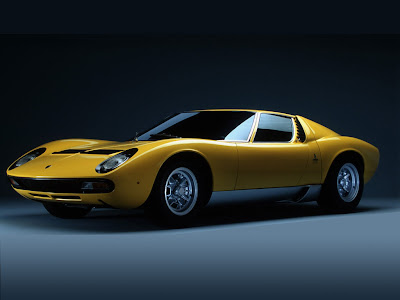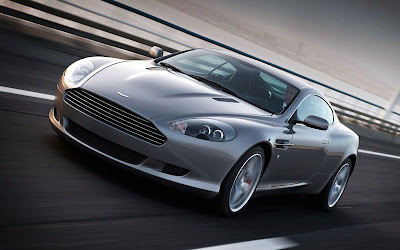From there, things are going to get a bit complicated.. Or, dare I, things get a bit nonsensical.
 |
| Bugatti Veyron Gran Sport |
 |
| carwalls.com |
... almost always look like a naked woman lying on her stomach about to get up." -unknownI would have gladly taken credit for this quote, but let's face it, we all know it was said by someone much more brilliant. If any of you know of its origin, feel free to leave a helpful comment.


 1935 Duesenberg SJ Speedster
1935 Duesenberg SJ Speedster
 1938 Alfa Romeo 8C 2900
1938 Alfa Romeo 8C 2900
 1949 Mercury Coupe
1949 Mercury Coupe 1957 Ferrari Testa Rossa
1957 Ferrari Testa Rossa
 1963 Ferrari 250 GTO
1963 Ferrari 250 GTO 1963 Chevrolet Corvette Stingray Coupe
1963 Chevrolet Corvette Stingray Coupe 1968 Ford Mustang GT Fastback
1968 Ford Mustang GT Fastback 1967 Lamborghini Miura
1967 Lamborghini Miura 1968 Alfa Romeo Tipo 33 Stradale
1968 Alfa Romeo Tipo 33 Stradale 1968 Ferrari Dino
1968 Ferrari Dino Porsche 917
Porsche 917 Aston Martin DB9
Aston Martin DB9 Alfa Romeo 8C Competitzione
Alfa Romeo 8C Competitzione Porsche Cayman S
Porsche Cayman S